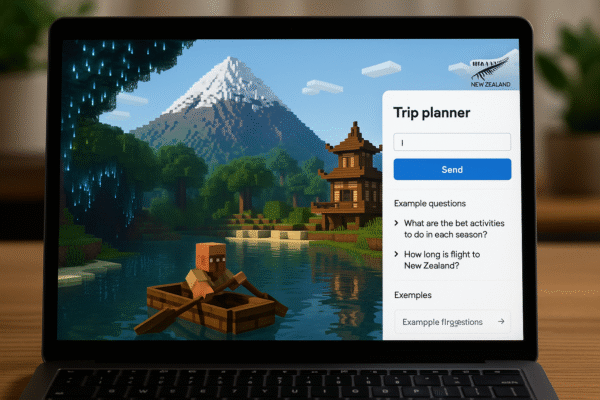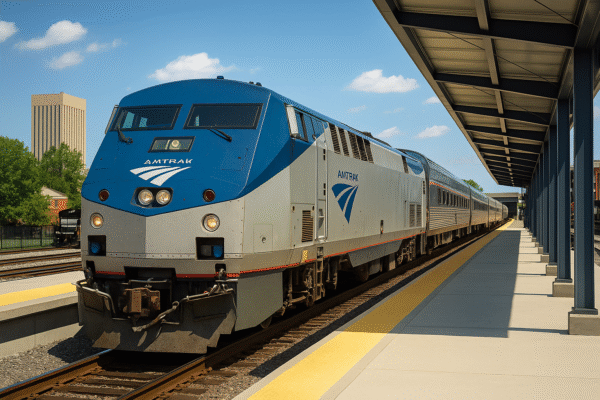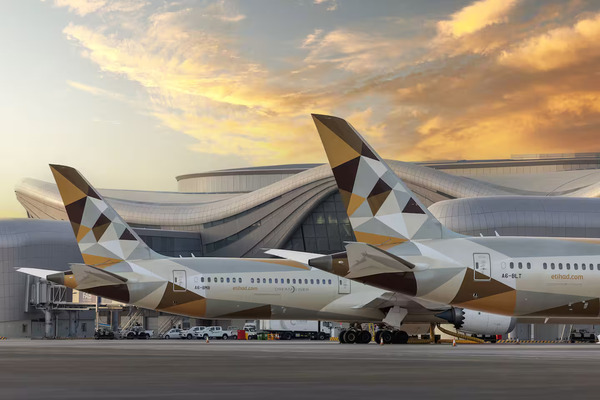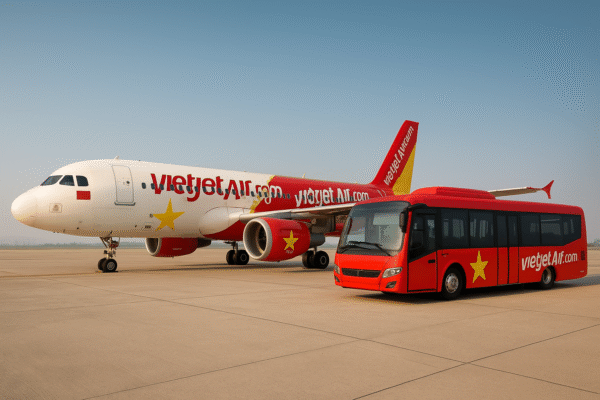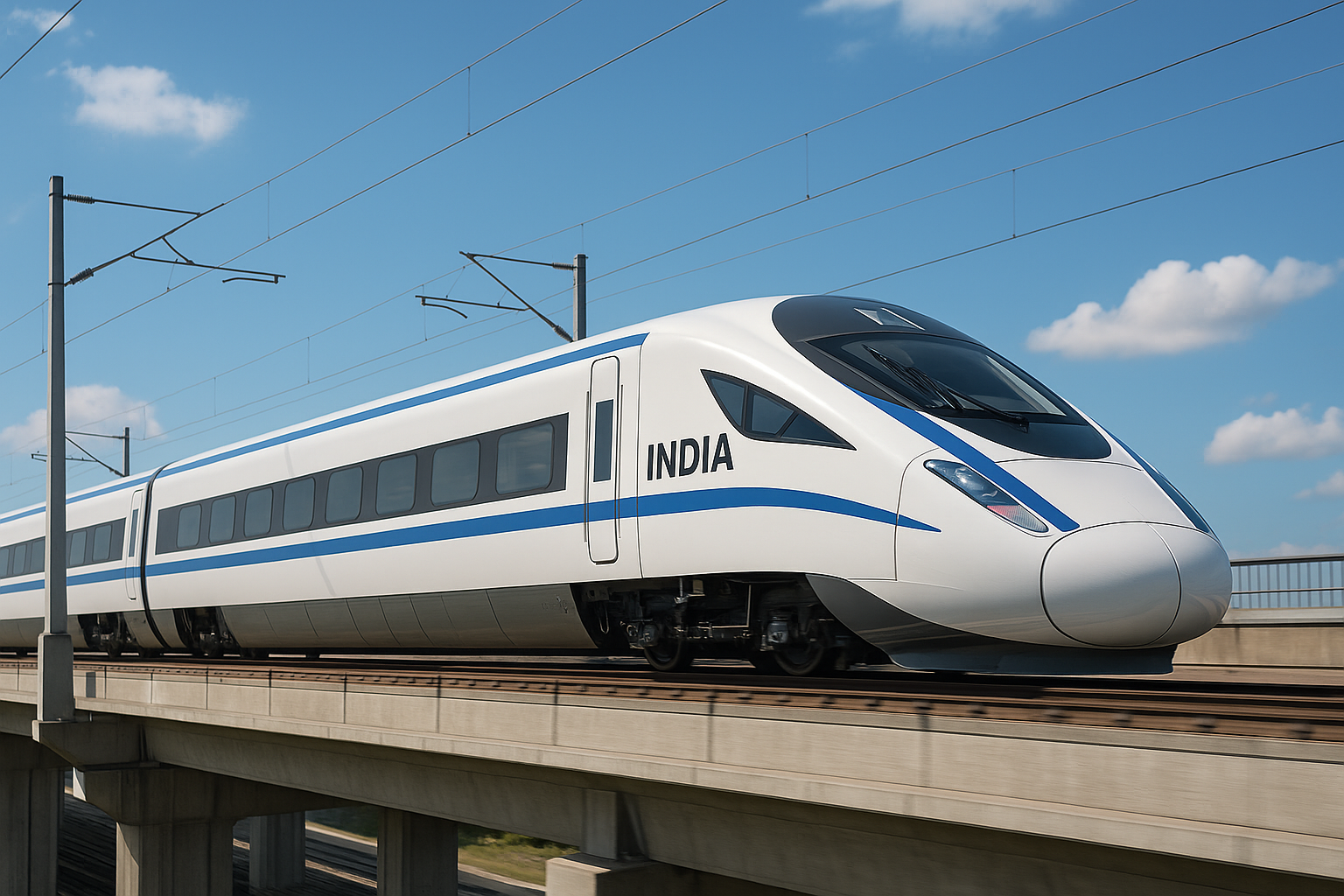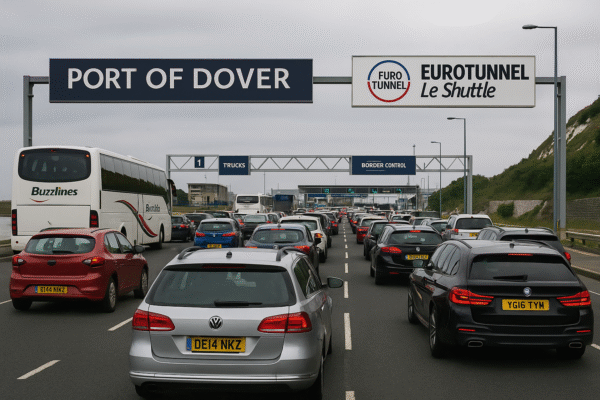India is entering a transformative chapter in its transportation history as the country moves closer to launching its first bullet train, connecting the economic hubs of Ahmedabad and Mumbai. Spearheaded by the National High Speed Rail Corporation Limited (NHSRCL), the ambitious project is not only about speed but also about sustainable infrastructure, cutting-edge technology, and regional development.
After years of meticulous planning and some delays, the bullet train project has taken a major leap forward. A key milestone was recently achieved with the award of the signalling and telecommunications contract to a consortium led by Siemens, alongside Dineshchandra R Agrawal Infracon Pvt. Ltd. and Siemens Mobility GmbH. The inclusion of Siemens—renowned globally for its advanced transport technologies—signifies a major endorsement of the project’s technical standards and safety protocols.
ETCS Level 2: Powering India’s Leap into High-Speed Rail
The backbone of this high-speed rail corridor will be the European Train Control System (ETCS) Level 2, an advanced train signalling and control system that ensures operational precision and safety for trains traveling at speeds of up to 350 km/h. Already in use across more than 50 countries, ETCS Level 2 provides real-time wireless communicationbetween moving trains and control centers, allowing for constant monitoring, immediate response, and fine-tuned traffic management.
The Ahmedabad-Mumbai bullet train will be the first in India to incorporate this global standard, marking a technological leap in how Indian railways manage train control and safety. Through ETCS Level 2:
- Trains are monitored continuously for speed, direction, and braking.
- Operators receive instant updates and automated control adjustments.
- There’s seamless communication between the onboard systems and command centers, enhancing safety in emergencies.
- The system significantly reduces the risk of human error and enables efficient scheduling even under dynamic conditions.
This ensures not only passenger safety but also on-time performance, a key component in shifting travelers from air and road to high-speed rail.
Ahmedabad-Mumbai: Two Cities, Two Hours
Currently, travel between Ahmedabad and Mumbai takes around seven to eight hours by road or traditional rail. Once operational, the bullet train will cut that time to just two hours, reshaping how commuters, business travelers, and tourists move between these two major cities.
With a distance of approximately 508 km, the bullet train will stop at key stations including Vadodara, Surat, and Vapi, enhancing connectivity across Gujarat and Maharashtra. The project is expected to handle 36 trains per day, serving over 60,000 passengers in its initial phase and scaling up in the years to come.
Sustainable Transport for a Growing Nation
The bullet train isn’t just a matter of speed—it represents India’s commitment to sustainable and green transportation. By shifting a large segment of passengers from short-haul flights and long-distance car travel, the high-speed rail line will reduce:
- Carbon emissions
- Air and noise pollution
- Congestion on highways and airports
The project is also being developed using Japanese Shinkansen technology under the India-Japan collaboration agreement, ensuring high quality and precision construction. According to NHSRCL, the infrastructure is being designed for energy efficiency and minimal ecological disruption, making it a model for future transport development in India.
Economic Growth, Jobs, and Technology Transfer
The high-speed rail project is poised to generate substantial economic and employment benefits. Thousands of jobs are being created in sectors such as:
- Civil construction
- Signalling and electrical work
- Manufacturing of rail components
- Maintenance and operations
Additionally, the project fosters technology transfer from global companies like Siemens to Indian firms, helping elevate domestic expertise in high-speed rail engineering.
The creation of faster links between economic zones will also drive regional development, ease freight movement, and improve urban-rural integration, especially in underdeveloped pockets along the route.
The Role of NHSRCL in Steering India’s Rail Future
Established to oversee the development of high-speed rail corridors, NHSRCL is responsible for end-to-end implementation of the Ahmedabad-Mumbai project. This includes:
- Design and planning
- Land acquisition and regulatory compliance
- Construction and vendor coordination
- Technology integration
- Future operations and maintenance
Despite delays due to land acquisition issues, environmental clearances, and the pandemic, NHSRCL has made steady progress, and current indicators suggest the first phase could become operational in the next few years. The agency is also working on planning additional corridors, including links from Delhi to Varanasi, Mumbai to Nagpur, and Chennai to Bengaluru.
Challenges and the Road Ahead
Large-scale infrastructure projects of this magnitude are not without obstacles. The bullet train has faced challenges like:
- Land disputes in Maharashtra
- Environmental clearance hurdles
- Rising material costs and logistical bottlenecks
However, the recent awarding of key contracts and progress in civil construction indicate that momentum has picked up. Officials from NHSRCL confirm that more than 40% of the corridor’s groundwork is complete, and multiple tunnels and bridges are already under construction.
Conclusion: India’s High-Speed Future Is On Track
India’s first bullet train project is not just about connecting Ahmedabad and Mumbai—it’s a vision of a modern, efficient, and sustainable transportation system. With Siemens’ cutting-edge ETCS Level 2 signalling, Japanese Shinkansen technology, and NHSRCL’s strategic leadership, the country is ready to make a generational leap in travel infrastructure.
Once operational, this corridor will redefine business, tourism, and everyday commuting between two of India’s largest urban centers. As high-speed rail becomes a reality, India inches closer to matching global giants in transport innovation and sustainable development.
For more travel news like this, keep reading Global Travel Wire

